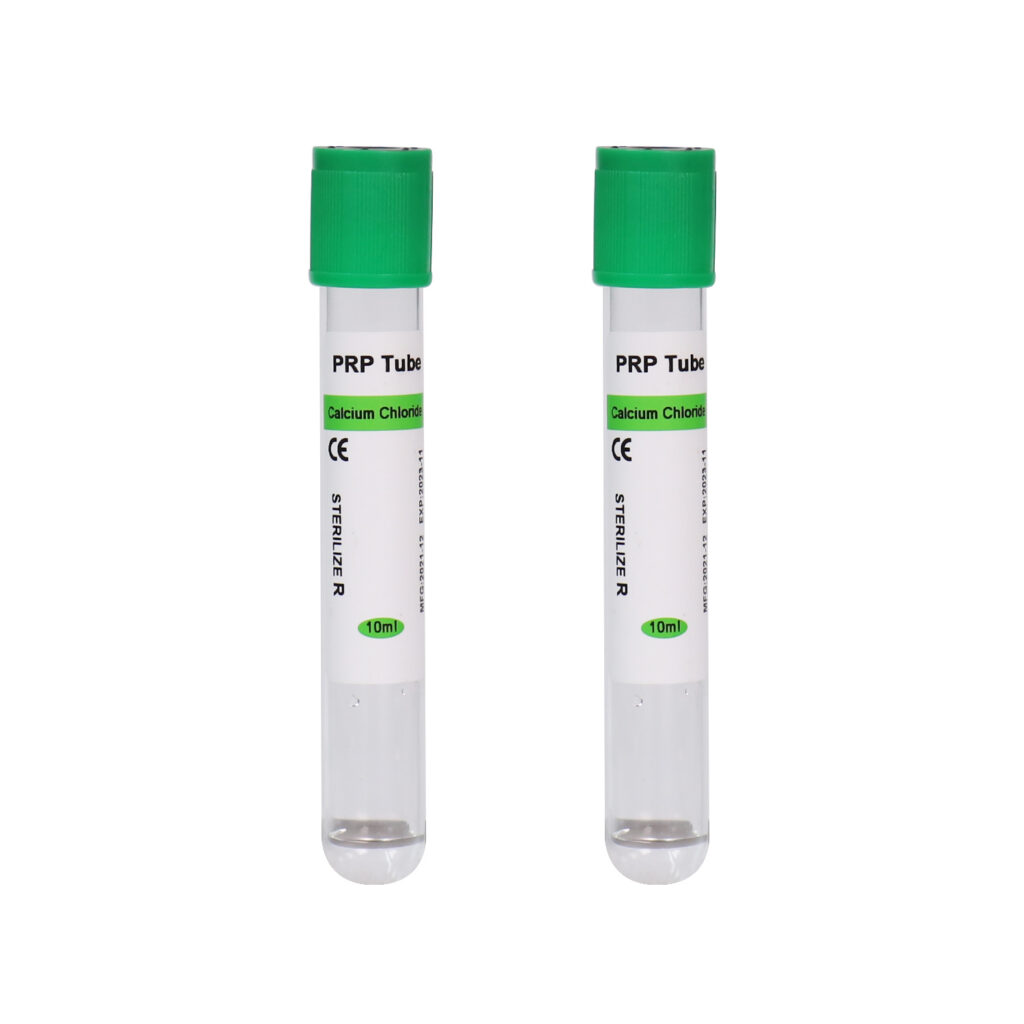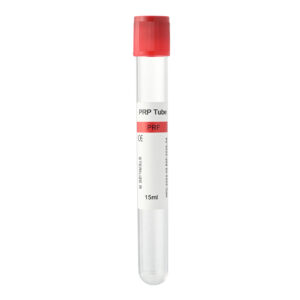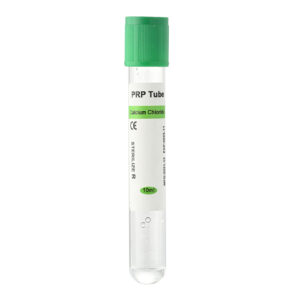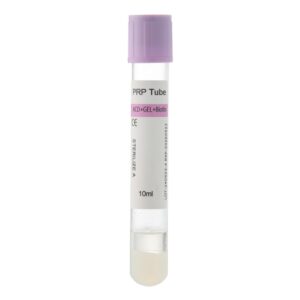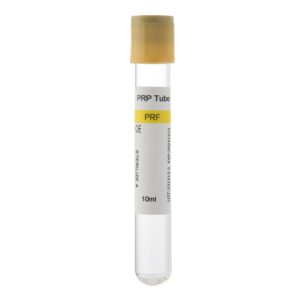Calcium Chloride is a commonly used chemical in medical, laboratory, and industrial applications. In PRP (Platelet-Rich Plasma) therapy, calcium chloride plays a crucial activator, significantly enhancing platelet function. This article explores the role of calcium chloride in PRP and explains how it contributes to the effectiveness of this regenerative treatment.
What is PRP?
PRP (Platelet-Rich Plasma) therapy is an autologous treatment method that promotes tissue healing and accelerates recovery. It involves extracting a high concentration of platelets from the patient’s blood and then re-injecting this platelet-rich plasma into the area needing treatment.
Platelets are key blood components primarily responsible for blood clotting and wound healing. They contain numerous growth factors that stimulate cell division and tissue repair. In PRP therapy, the concentration of platelets is significantly increased through a centrifugation process, enhancing the therapeutic effects of these growth factors.
The Role of Calcium Chloride in PRP
After centrifuging the blood in the PRP preparation process, platelets concentrate in the plasma layer. Healthcare providers often add an activator, such as calcium chloride, to activate these platelets and trigger the release of growth factors. Calcium chloride plays an essential role in the activation process.
It works by increasing the concentration of calcium ions in the plasma, which is necessary for platelet aggregation and activation. Calcium ions trigger platelets to clump together and release their stored growth factors. These growth factors then help repair damaged tissues and accelerate the healing process.
The amount of calcium chloride added during PRP preparation is critical. An excessive amount can lead to over-activation of the platelets, potentially causing blood clots, while too little may result in insufficient platelet activation, reducing the effectiveness of the treatment. Therefore, professionals must precisely control the use of calcium chloride to ensure optimal results.
Steps in PRP Preparation
The preparation of PRP typically involves the following key steps:
- Blood Collection: A specific amount of blood is drawn from the patient’s vein. The volume of blood collected depends on the patient’s needs and the treatment area.
- Centrifugation: Healthcare providers subject the blood to high-speed centrifugation to separate its components into three layers: red blood cells, white blood cells, and plasma. They use the plasma layer, which contains the highest concentration of platelets, for PRP.
- Addition of Calcium Chloride: Calcium chloride is added to the platelet-rich plasma. This step increases the calcium ion concentration, activating the platelets and enabling them to release their growth factors.
- Re-injection: Healthcare providers re-inject the activated PRP into the target area, such as damaged tissue, joints, or skin. The growth factors released from the platelets stimulate tissue repair, accelerate cell regeneration, and reduce inflammation.
Applications of Calcium Chloride in PRP Therapy
- Aesthetic Medicine: Aesthetic medicine professionals widely use PRP therapy for skin rejuvenation and anti-aging treatments. Using PRP promotes skin repair and regeneration, helping improve fine lines, wrinkles, and other signs of ageing. Calcium chloride activates platelets, ensuring that the growth factors in PRP effectively target and repair skin tissue.
- Sports Medicine: Healthcare providers commonly use PRP to treat injuries, particularly those involving tendons, ligaments, and cartilage. By activating platelets with calcium chloride, PRP accelerates healing, reducing recovery time for sports-related injuries.
- Orthopaedic Treatment: Orthopedic specialists use PRP for bone fractures, joint repair, and arthritis treatment. Calcium chloride helps speed up the healing process of bones and soft tissues, easing pain and restoring joint function.
- Dental Applications: Dentists are increasingly using PRP therapy, especially for dental implants, bone grafting, and periodontal regeneration. Calcium chloride enhances the effects of PRP, promoting faster tissue regeneration and healing in the oral cavity.
Considerations in the Use of Calcium Chloride
Healthcare providers must use calcium chloride carefully, as it is highly effective in activating platelets and enhancing the therapeutic benefits of PRP. Here are some important considerations:
- Control of Dosage: The amount of calcium chloride added is critical. Too much may cause over-activation of platelets, leading to blood clot formation, while too little may result in inadequate platelet activation, reducing the therapeutic potential of PRP.
- Patient Variability: Each patient is unique, and their response to PRP treatment may vary. Healthcare providers may need to adjust the amount of calcium chloride and the activation time based on the individual’s condition.
- Technical Expertise: The preparation of PRP requires precise handling by experienced medical professionals. The correct dosage of calcium chloride and the proper technique for centrifugation and injection are essential to achieving the best results.
Conclusion
Calcium chloride plays a critical role in PRP therapy by activating platelets and promoting the release of growth factors, enhancing the treatment’s effectiveness. PRP has broad applications in aesthetics, sports medicine, orthopaedics, and dentistry. Using calcium chloride as an activator, PRP can accelerate tissue repair, alleviate pain, and promote cell regeneration.

